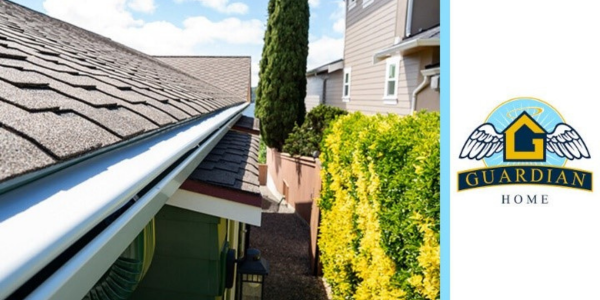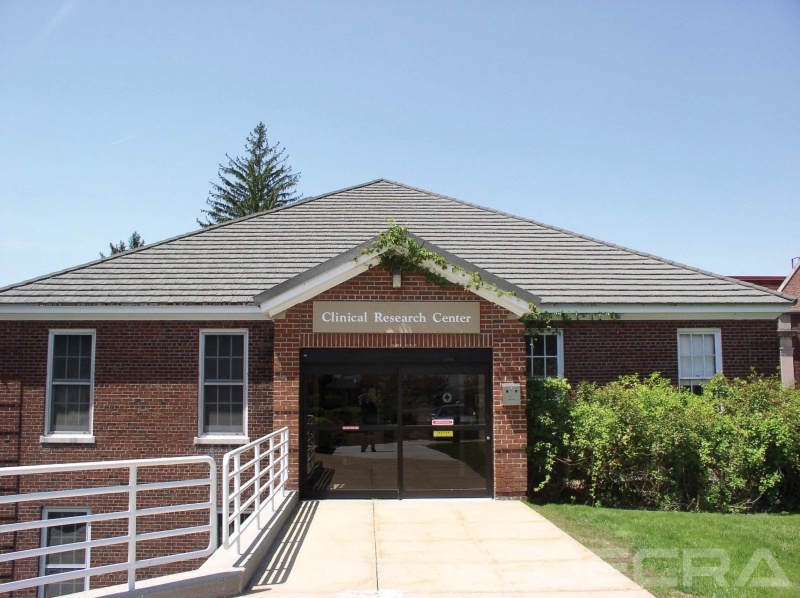Organic is the Only Way to Go!

Synthetic underlayment usage lags far-behind organic saturated felt underlayments.
G.A.P. Roofing posed a quiz question in September that asked how many of the 133,600,000 residential roofs in America had organic felt saturated underlayments installed. To refresh your memory, the answer was 124,335,964 – nearly 90 percent! (Congratulations to Martin Stout, who was selected as the winner of a gift card from the pool of correct answers).
That leaves just over nine million homes (or about seven percent) that have a synthetic underlayment – and about half of those are covered in a low-end, lightweight material. Synthetics have only just come onto the market within the last fifteen years and ASTM standards such as ASTM D226 Type I and Type II were developed with asphalt saturated underlayment in mind.
In fact, the industry recently came together to form a new association, the Asphalt Underlayments Council (AUC), and stated that “because standards and requirements for roof repair, reroofing, roof recovering and replacement often lack clarification within the definition of underlayment, AUC's inaugural technical committee will focus on code classifications and industry regulations.”
Most contractors don’t realize that many of the synthetic underlayments available today have been imported from China, Korea and India. You just don’t know what you’ll be getting in terms of quality and performance.
Organic felt has been in use in roofing for more than 100 years. It’s been proven over and over again to perform – as evidenced by the fact that it’s installed on nearly 90 percent of all the residential roofs in the United States.
So, what you waiting for? Go organic! With a proven 100+ year track record, you know what you are committing to when you use American-made, organic felt underlayments!
Take our quick, one-question quiz to test your knowledge of underlayments and you could win a $5 Starbuck card to grab a venti Organic Yukon Blend coffee on your way to your next job.


















-2025-xtv-mls-tour-2.png)



Comments
Leave a Reply
Have an account? Login to leave a comment!
Sign In